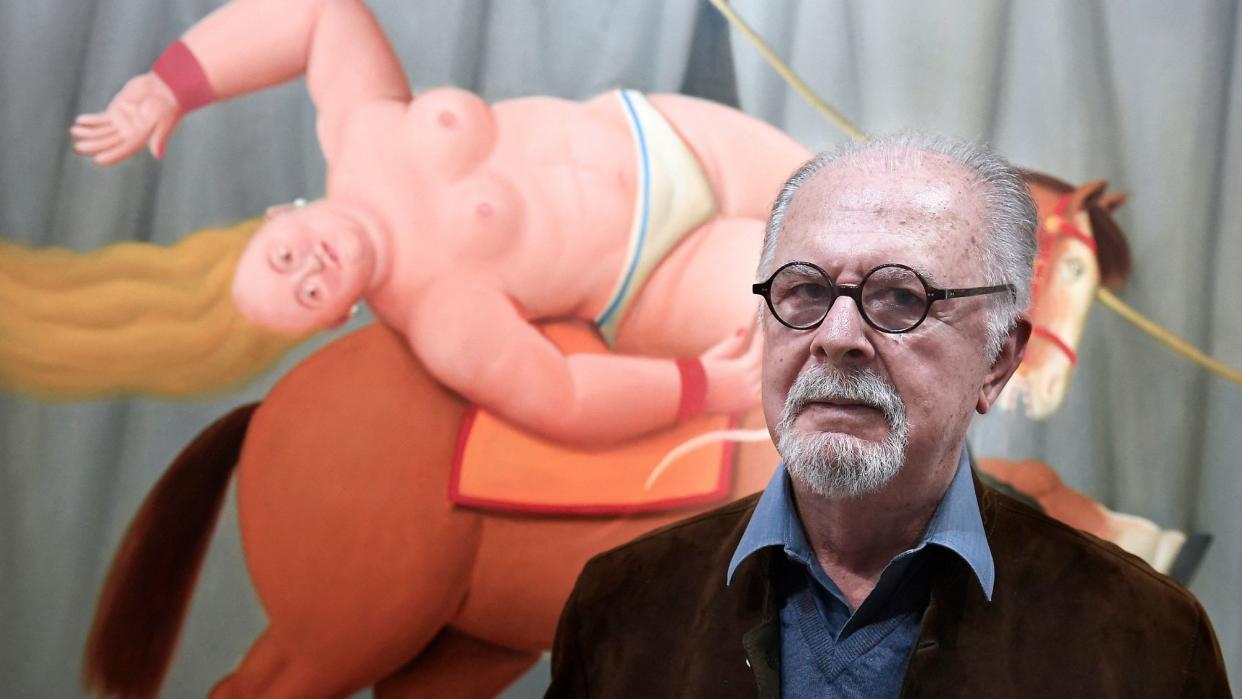Fernando Botero obituary: artist of 'whimsical rotundity'

- Oops!Something went wrong.Please try again later.
Fernando Botero, whose paintings of "rotund, inflated yet sensuous figures" made him one of the most famous Latin American artists of the 20th century, died in Monaco on 15 September at the age of 91, said Tim Johnson in The Washington Post. Botero's "exuberant style" drew upon the trend for magical realism to blur the boundaries "between the real and the fantastical", yet in a way that reflected his natural "cheekiness": a typical canvas might see "a humongous ballet dancer en pointe at the barre", or a bulbous likeness of Marie Antoinette "sauntering through the cobblestoned street of a Colombian town".
Botero was born to a family of modest means in Medellín, Colombia, in 1932, said The Times. Although he would spend much of his life abroad, he would mine his native city for artistic inspiration "again and again" through his long life. He committed himself to art early on – after briefly training to be a matador – and held his first exhibition at 19, then left for Europe the following year. In Florence, in 1953, he discovered the work of masters including Piero della Francesca, an experience that would prove "life-transforming". He would combine his own style – influenced by the murals of Diego Rivera – with the techniques of Renaissance painting, reimagining the Mona Lisa as "a fleshy-faced 12-year-old girl, smiling obliquely and clutching a doll".
From the 1960s, Botero's "florid, rounded figures" became immensely popular, said Stephen Kinzer in The New York Times. Critics, however, loathed him, condemning his pictures as whimsical, banal and "out of touch". This perception dogged him until his final decades, when he produced a well-received series of works chronicling the plight of prisoners in Iraq's Abu Ghraib prison. His paintings (and, from the 1970s, sculptures) had always had a satirical edge, frequently featuring "foppish or self-important" authority figures – including "overstuffed" generals and bishops. Yet he always endowed his corpulent subjects with a measure of dignity, and insisted that he "never painted fat people, saying he wished simply to glorify the sensuality of life". Beauty, he would always stress, was very much a relative concern. "There are those who see the monstrous in my work," he once said, "but my work is what it is."

